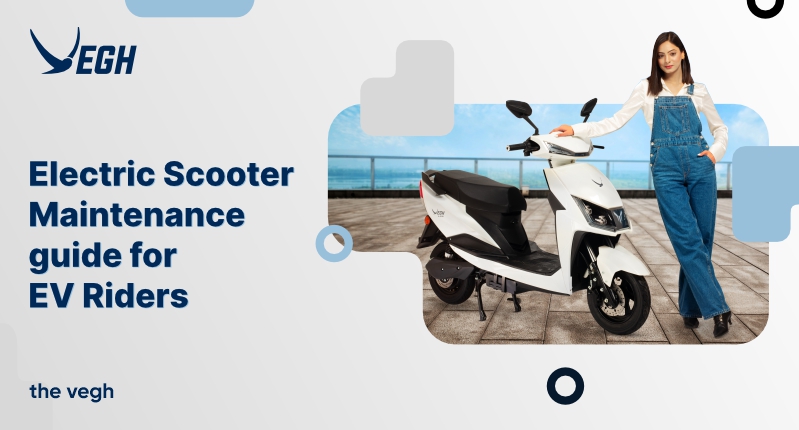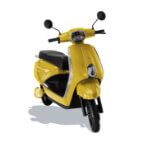The sale of electric two-wheelers in India has exploded since 2020. The Central Government aggressively incentivizes Electric Scooter Maintenance and purchase through subsidies, which is the main cause for this change in the EV two-wheeler sector. The progressive increase in fuel prices and greater public awareness of EVs contribute to this change in consumer perception of EVs.
Many start-ups and established E-scooter manufacturers have released newer models or upgraded versions of their previous models with added features like anti-theft, GPS, reverse gear, driving modes, tire pressure check, etc., to take advantage of this opportunity created by the widespread adoption of EVs throughout the nation.
With e-scooters in India becoming increasingly popular among younger and older generations, it is important to educate sustainable commuters on how to maintain an e-scooter for a positive e-mobility experience. One common myth regarding e-scooters in India is that they don’t need routine maintenance because they have fewer parts than a typical IC vehicle. Many people who hold these false beliefs encounter issues with their electric scooters during the first few months of ownership.
Maintenance is essential for electric scooters to avoid serious technical issues and increase performance. This blog discusses the essentials of electric scooter maintenance to help you get the most out of your e-scooter investment.
Things to follow:
Cleaning tips
It is not advisable to wash an electric scooter with water because there is a safety risk involved when mixing electricity and water. One shouldn’t clean an electric scooter with water. Use a damp cloth to safely remove any grime, dirt, or dust from the surface. Surface cleaners are advised in cases where the grime or dirt cannot be removed with a damp cloth. To prevent moisture from coming into contact with delicate electronics and the battery, extra care should be exercised.
Tyre Pressure
You may extend your electric scooter’s range by maintaining tire pressure by the manufacturer’s instructions. Depending on the model and manufacturer, they advise a different tyre pressure. You must determine the ideal tyre pressure for your e-scooter by consulting your owner’s manual.
Having tyres with less air pressure than recommended can lead to less speed, a higher likelihood of rim injury, an unexpectedly quick battery drain, and uneven tyre wear.
You run the risk of tyres bursting while you’re riding, a very bumpy ride, an elevated risk of falling while turning, and uneven tyre wear if your tyres are inflated beyond the acceptable level.
Brake Maintenance
The safety of the rider depends on the brakes. Your on-road safety increases when your brakes function at their best. Always check the wear of the brakes. Brake wear, even if only a small percentage, can negatively impact your ability to stop your e-scooter in an emergency.
Battery Care
The EV’s beating heart is its battery. An EV’s battery symbolizes its life. Predictive maintenance is necessary to ensure that an EV’s battery runs with the utmost efficiency. You can increase the battery’s lifespan by following the advice provided below.
- Do not leave the scooter unattended in the sun or temperatures below 5 degrees for an extended period.
- For the e-scooter battery, only use an original charger
- After the battery reaches its maximum capacity, unplug the charger.
- Don’t let the battery completely discharge.
- Periodically charge the e-scooter battery when it will not be in use for an extended period.
Even though e-scooters are a more practical, affordable, and environmentally friendly form of transportation. Getting the most out of them requires setting a maintenance schedule. Predictive maintenance procedures keep the e-scooter running as efficiently as possible, maximize battery life, and help you get the most out of your investment.







